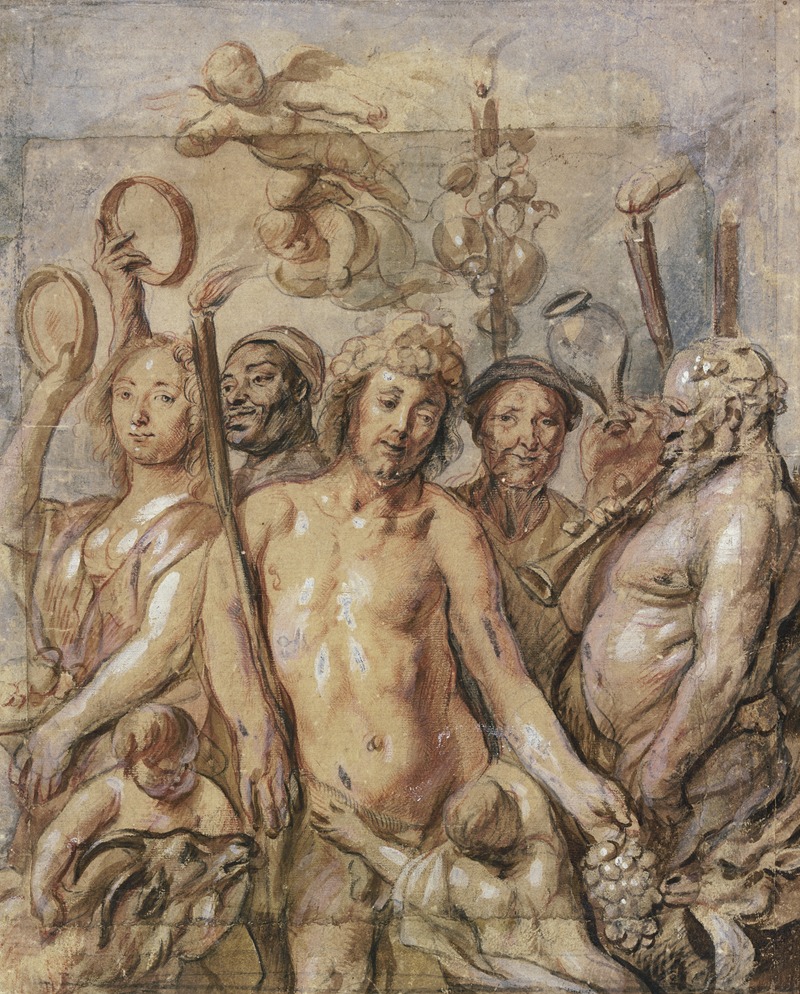
Bacchantenzug
A hand-painted replica of Jacob Jordaens’s masterpiece Bacchantenzug, meticulously crafted by professional artists to capture the true essence of the original. Each piece is created with museum-quality canvas and rare mineral pigments, carefully painted by experienced artists with delicate brushstrokes and rich, layered colors to perfectly recreate the texture of the original artwork. Unlike machine-printed reproductions, this hand-painted version brings the painting to life, infused with the artist’s emotions and skill in every stroke. Whether for personal collection or home decoration, it instantly elevates the artistic atmosphere of any space.
Jacob Jordaens, a prominent Flemish Baroque painter, created the artwork known as "Bacchantenzug," which translates to "Procession of Bacchus." Jordaens was a leading artist in 17th-century Flanders, alongside contemporaries such as Peter Paul Rubens and Anthony van Dyck. He was known for his vibrant use of color, dynamic compositions, and the ability to depict lively scenes filled with robust figures.
"Bacchantenzug" is a depiction of a Bacchic procession, a theme rooted in classical mythology. Bacchus, known as Dionysus in Greek mythology, was the god of wine, revelry, and ecstasy. His followers, known as Bacchants or Maenads, were often portrayed in art as engaging in frenzied dances and celebrations, embodying the spirit of uninhibited joy and chaos associated with the deity.
Jordaens' interpretation of this theme is characteristic of his style, which often included a sense of movement and vitality. The painting likely features a variety of figures, including satyrs, nymphs, and possibly Bacchus himself, all engaged in a jubilant procession. The figures are typically depicted with exaggerated expressions and gestures, emphasizing the ecstatic nature of the scene. Jordaens' skillful use of light and shadow, along with his rich color palette, would have contributed to the dynamic and festive atmosphere of the painting.
As with many of Jordaens' works, "Bacchantenzug" reflects the influence of Rubens, under whom Jordaens studied. However, Jordaens developed his own distinctive approach, often incorporating a more earthy and robust quality into his figures. His works frequently convey a sense of humor and humanity, capturing the exuberance of life.
The painting is an example of the Baroque period's fascination with classical themes and its emphasis on drama, emotion, and movement. During this time, artists sought to evoke strong emotional responses from viewers, and mythological subjects provided a rich source of inspiration for exploring human passions and experiences.
While specific details about the provenance and current location of "Bacchantenzug" may not be widely documented, Jordaens' works are held in numerous prestigious collections worldwide, including the Royal Museum of Fine Arts in Antwerp and the Louvre in Paris. His paintings continue to be celebrated for their dynamic compositions and the vivid portrayal of mythological and everyday subjects.
In summary, Jacob Jordaens' "Bacchantenzug" exemplifies the artist's mastery of Baroque painting, capturing the lively spirit of a Bacchic procession with his characteristic use of color, movement, and expressive figures. The work reflects the broader artistic trends of the 17th century, where classical mythology served as a vehicle for exploring the complexities of human emotion and the exuberance of life.





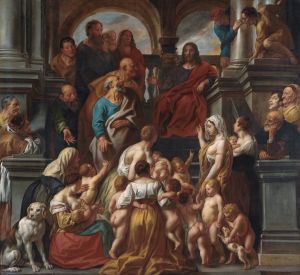
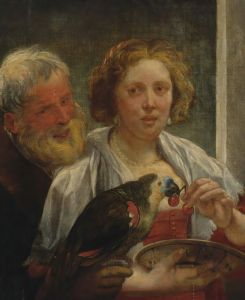
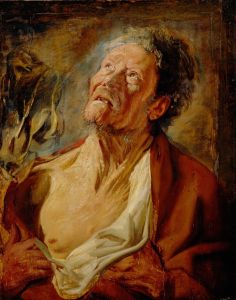
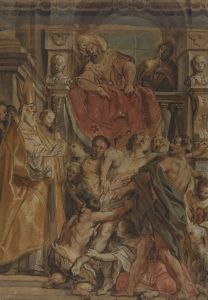
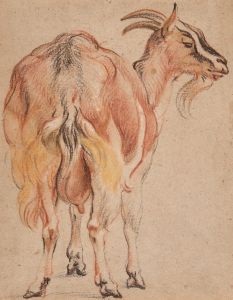
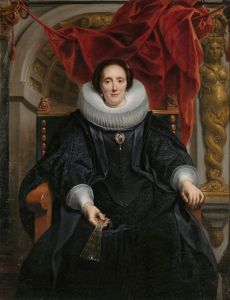
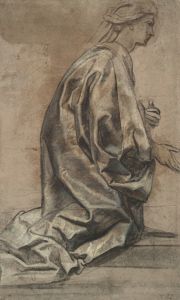
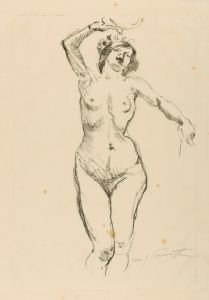
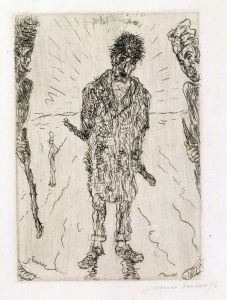
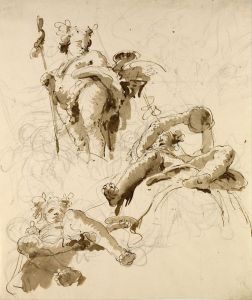
![After Vice Comes Fornication [Simpleton]](/imgs/264583/s/francisco-de-goya-after-vice-comes-fornication-simpleton-880a5769.jpg)
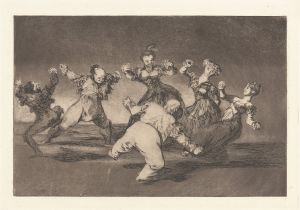
![It Is Amazing-And We Were Made by God [Furious Folly]](/imgs/264618/s/francisco-de-goya-it-is-amazingand-we-were-made-by-god-furious-folly-a15fa352.jpg)
![She Who Is Ill Wed Never Misses a Chance to Say So [Disorderly Folly]](/imgs/264653/s/francisco-de-goya-she-who-is-ill-wed-never-misses-a-chance-to-say-so-disorderly-folly-4545d327.jpg)